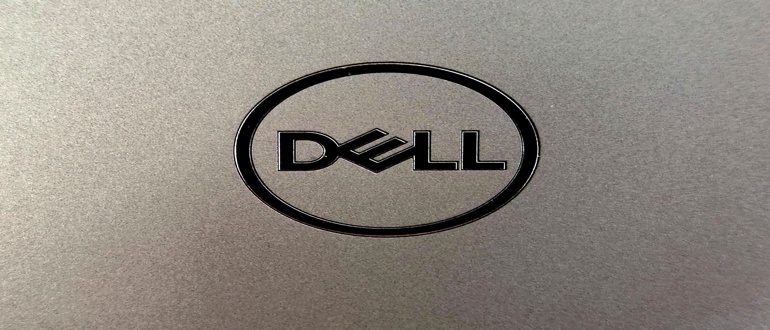
Dell Technologies today revealed it is working on building a server that combines the attributes of a hyperconverged infrastructure (HCI) and a three-tier rack-based system.
Announced at the Dell Technologies World conference, this disaggregated approach makes use of NVMe backplanes to provide the cost benefits of being able to centralize the managements of an HCI server in a way that still enables compute and storage resources to scale independently of each other.
Varun Chhabra, senior vice president for infrastructure (ISG) and telecom marketing at Dell, said Dell will leverage Dell Automation Platform to achieve that goal using platforms such as Dell Private Cloud through which IT teams can access validated reusable configurations that can be customized.
Dell is also extending Dell NativeEdge, a platform for managing edge computing deployments, to non-Dell and other types of legacy infrastructure.
Additionally, Dell will also ensure data security using a suite of Dell PowerScale Cybersecurity tools and Dell PowerStore object storage systems.
Finally, Dell also added additional appliances to Dell PowerProtect Data Domain All-Flash portfolio that improve restore times by a factor of four and two times faster replication, while taking up 40% less space than a comparable set of hard disk drives.
Collectively, those capabilities will enable Dell to deliver a new class of servers infused with an additional set of capabilities, said Chhabra. It’s not clear how quickly IT teams might be transitioning to NVMe-based systems, but these platforms are definitely where “the puck is headed” in terms of next-generation servers, he added.
Originally developed in 2008, the NVMe protocol makes use of a PCI Express (PCIe) bus to connect solid-state drive storage to servers or CPUs. IT infrastructure vendors are now moving to take advantage of that capability to create a next generation of servers and storage systems that, like an HCI platform, can be centrally managed, versus requiring different tools for managing compute and storage resources. It brings together the advantages of both HCI and traditional three-tier systems, said Chhabra.
It’s not likely IT organizations will be able to afford to replace legacy HCI and three-tier systems wholesale, but as more data-intensive workloads are deployed the need for platforms that are designed to scale up and down more dynamically will become more acute. Given the sensitivity of those applications and the levels of performance required, Dell is betting a large percentage of these applications will be deployed in on-premises IT environments, especially if they incorporate artificial intelligence (AI) workloads.
In effect, Dell via its Dell Automation Platform is making a case for a framework that will automate the management of both those systems and existing legacy platforms.
The challenge, as always, are the physical constraints of the data center. To contain energy costs, IT teams need to provide higher levels of compute and storage using fewer racks. While that may not necessarily be much different than it was in previous eras of IT, the level of density being seen in many modern data centers is rapidly becoming unsustainable.

